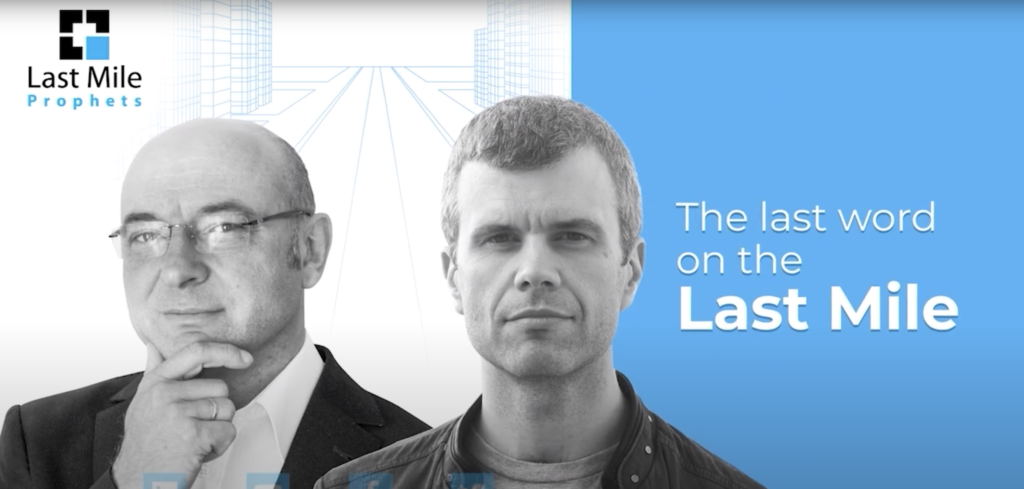Delivery companies are positioning themselves to grow market share through more sustainable, emissions-free city logistics initiatives, particularly in Europe, but this trend is going to go global, writes Ian Kerr.
Swiss Post is transporting mail for the Engadine region of Switzerland by electric truck. Two electric trucks transport mail at night from Zurich. Previously, diesel-powered vehicles were used. From now on, a pure electric truck will be used on this route, saving about 40,000 litrers of diesel and around 120 tons of CO2 per year.
The new electric truck covers around 500km every night without having to recharge. Since the vehicles are only used at night, the batteries can be charged during the day. The next step is to recharge the batteries via solar panels, meaning the solar power can be fed directly into the truck batteries without any grid load.
Consuming electricity where it’s generated is a key way to reduce load on electricity grids. Solar power might not be a perfect solution, but already we see many postal operators (including Swiss Post) installing significant photovoltaic systems on sorting center roofs.
Meanwhile, PostNord Sweden is leasing five new electric trucks from Volvo Trucks Sweden. The trucks will be located primarily in Stockholm and Gothenburg.
Electrification of its delivery fleet is part of PostNord’s overall strategy to be fossil-free by 2030 – 28% of PostNord’s vehicles are electric. Work is also underway to detail how it can reduce emissions from other types of transportation, such as flights and ferries, as well as from buildings.
Electric trucks work where charging infrastructure is available. PostNord says that in other regions, for example in northern Sweden, it will seek to use fuel such as HVO100. About a quarter of PostNord’s fuel consists of renewable fuels.
The joint announcement from Volvo, Daimler and Traton in early July that they would build a pan-European charging network for heavy vehicles could help expand the range of delivery trucks. The question for postal operators such as PostNord and Swiss Post will be whether or not this infrastructure will extend their trucks’ ranges on less-used delivery routes.
Posten Norge expands sorting capacity
After its biggest-ever year for parcels, Norway’s Posten Norge has decided to expand its Østlandsterminalen facility – and in the process, double its processing capacity for small parcels.
When completed, Posten Norge will have twice its current capacity, and will be able to process around 800,000 small packages a day. Posten Norge is also expanding its parcel sorting facility in Lørenskog outside Oslo. Posten’s Q1 e-commerce parcel volumes are up 58% on Q1 2020.
Increasing sorting capacity is crucial to coping with the anticipated continued growth in e-commerce B2C parcels. Posten has also been investing in the last mile, including electric vehicles for residential deliveries, and out-of-home delivery options such as parcel lockers.
Hermes Germany delivering emissions-free in Berlin
Hermes Germany is now delivering emissions-free to more than 300,000 Berliners; 28 cargo bikes and 14 electric vans are in action daily, delivering 2.5 million shipments per year.
The cargo bikes cover delivery rounds of 6-8km each and carry around 120- 130 shipments per day. Reloading is made possible thanks to a network of micro-hubs.
The 79 PaketShops in the corresponding zones are also part of “Green Delivery Berlin” and are served CO2 -free. Hermes plans to take this model to other German cities including Dresden, Leipzig and Erfurt.
This project has some similarities with bpost’s Ecozone project, which after a successful implementation in Mechelen is set to spread to other regions of Belgium. The bpost project sees tailpipe-emission-free vehicles delivering to parcel lockers, PUDO points (including post offices) and sometimes to the doorstep.
While on the surface this seems to be a battle for the environment, it’s also a battle for city delivery. Delivery companies are positioning themselves to grow market share through city logistics initiatives. While principally a European phenomenon for now, look for this trend to manifest itself in major population centers all over the world.
Follow us on LinkedIn
https://lastmileprophets.com


